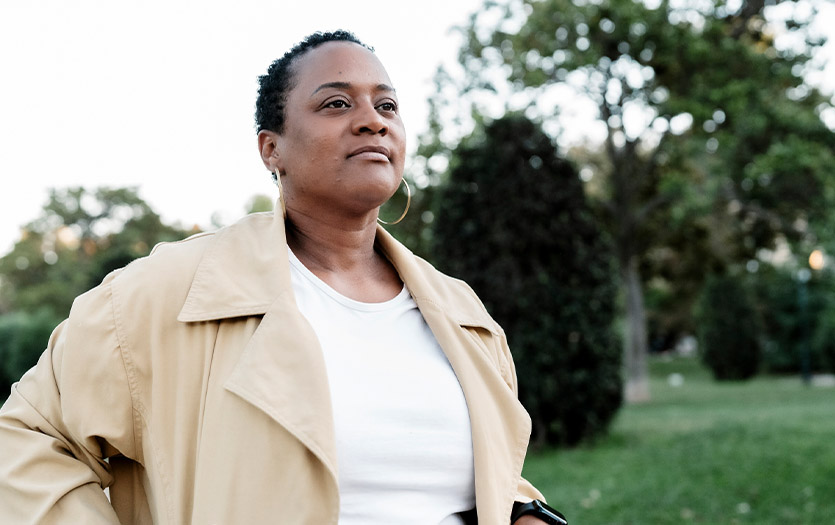Inguinal hernias are one of the most common reasons for surgery in children, and can be especially difficult for parents to recognize because many kids show intermittent symptoms and no signs of pain. Loretto Glynn, MD, Medical Director, Pediatric Specialties, Parkview Women’s and Children’s Services, Parkview Physicians Group – Pediatric Specialties, Surgery, explains what parents need to know about inguinal hernias.
What is an inguinal hernia?
There’s an opening between the abdomen and the groin, known as the processus vaginalis, that’s supposed to fully close before birth. Sometimes, this opening remains present throughout a person’s life, leaving potential for an organ to fall through the opening and into the groin, creating a hernia. In boys, the most common organ to fall into the groin is the intestines and in girls it’s the ovary.
What are the signs and symptoms parents can look for in their children?
If parents notice a mass or swelling in the groin or the scrotum for boys, or the labia for girls, it could be in inguinal hernia. The mass can be sporadic, and will primarily pop out when the child is active. It’s common for parents to notice the mass during a diaper change or when giving the child a bath. Typically, children don’t experience pain with an inguinal hernia, but babies can be fussy and cry when the hernia comes out.
When do inguinal hernias need to be repaired?
They always require repair. If you suspect your child may have an inguinal hernia, call your primary care doctor right away. If pushing on the mass makes it disappear back into the abdomen, then emergency medical attention isn’t necessary, and the child can be brought to see the pediatric surgeon as soon as possible to confirm diagnosis and schedule a repair. If the mass can’t be pushed back into the abdomen, then it’s considered an incarcerated inguinal hernia, and it needs to be repaired immediately. Take the child to the nearest emergency department or urgent care facility to avoid injury to the bowel or ovary.
How are inguinal hernias repaired in pediatric patients?
In smaller children, they’re typically repaired open through a small groin incision. The hernia sac is identified and opened, the organs are pushed back into the abdomen, and the sac is then closed off with a stitch. Mesh is not used to repair hernias in younger children, but can be necessary to repair muscle weakness in teens who undergo strenuous activity. The incision is closed with dissolvable sutures under the skin. Sometimes a laparoscopic approach can be considered for older children.
Inguinal hernia repair is almost always an outpatient procedure and patients will go home the same day. Infants who were premature may be advised to stay in the hospital overnight for monitoring and anesthesia.
What are the complications of the hernia isn’t fixed?
If an inguinal hernia is not repaired, it will persist. It won’t resolve itself. This can lead to pain, pressure on the testicle, and entrapment of the bowel or ovary in the hernia (incarceration), causing injury to the organs involved.
Learn more about Dr. Glynn, a previous People of Parkview subject.




